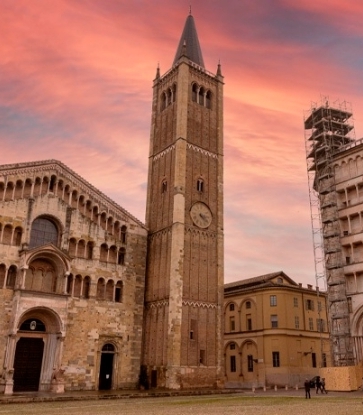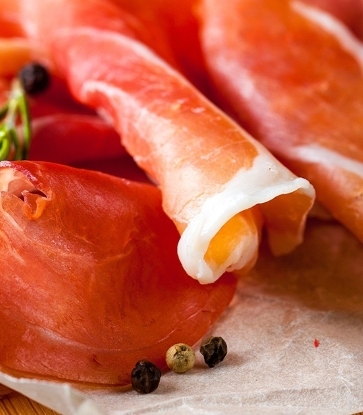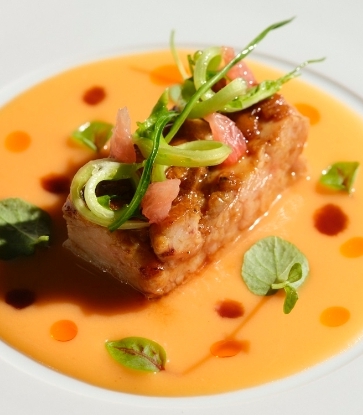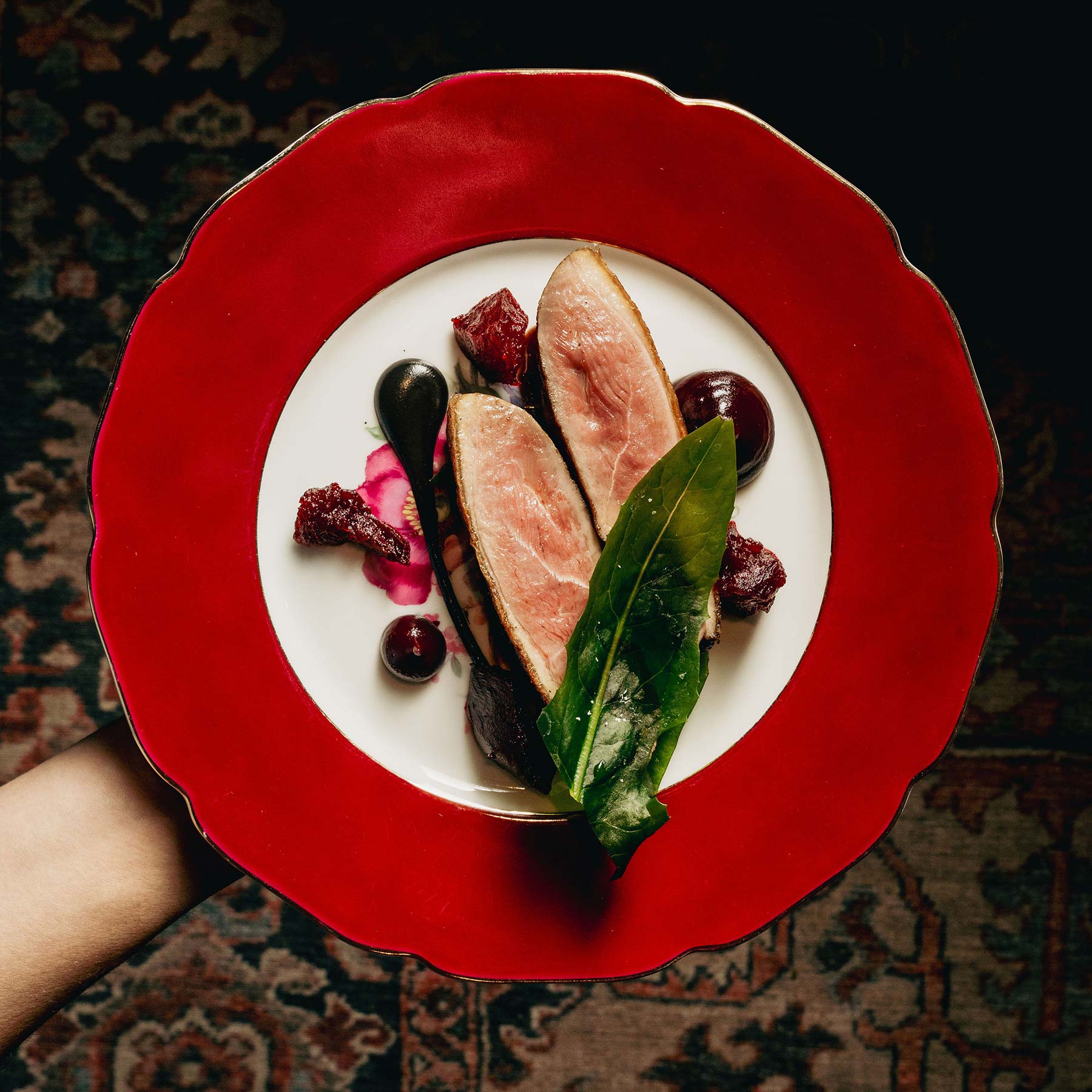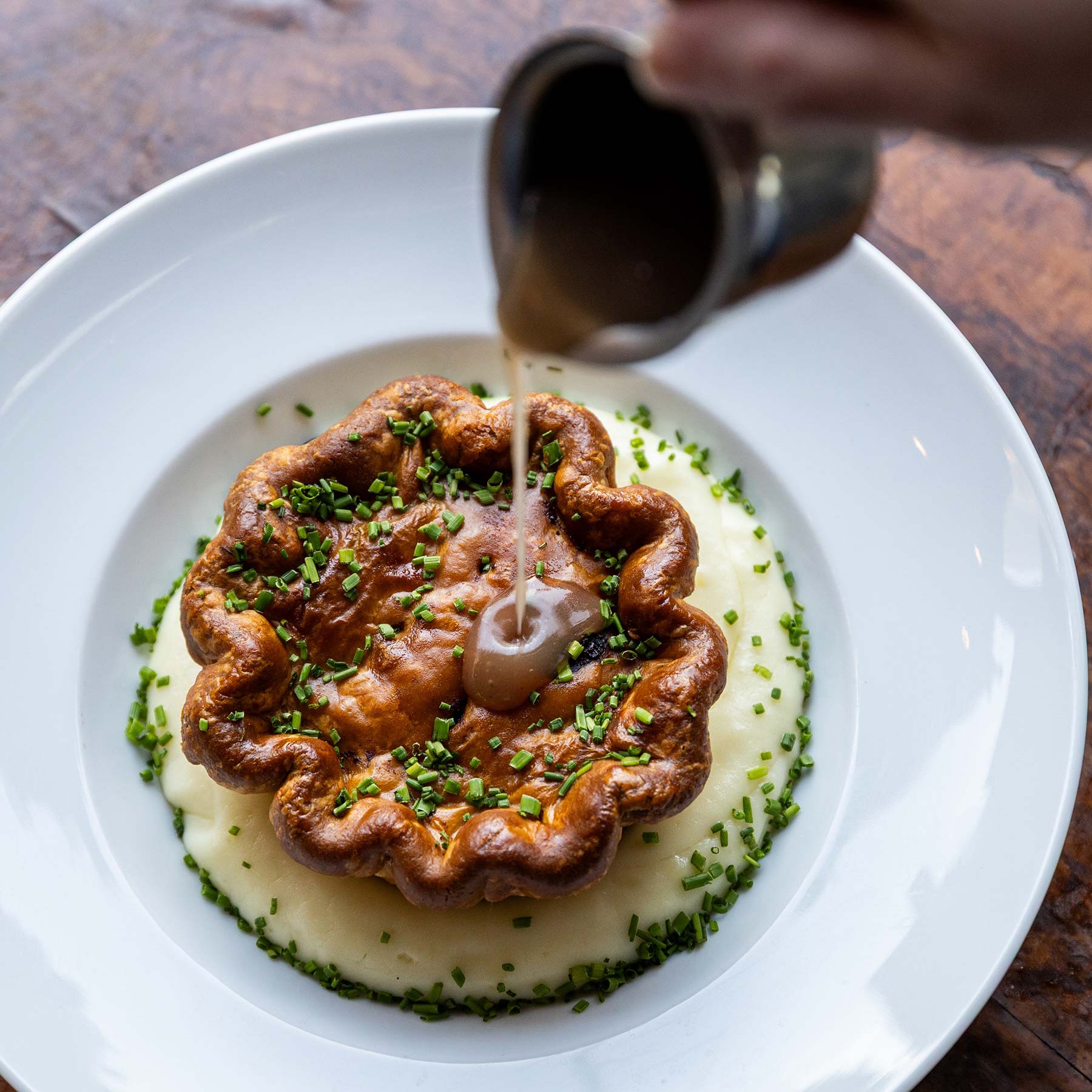Imagine savoring intricate morsel after morsel of a multi-course kaiseki meal in a Zen temple or surrounded by a tranquil forest—surely that must be one of life’s greatest pleasures.
Kaiseki cuisine dates its roots back to 16th century Japanese tea ceremonies when simple meals were served to accompany the teas. The kanji characters used to write the word “kaiseki” literally translate to “bosom-pocket stone,” referring to the practice Zen monks used to ward off hunger by putting warm stones in the front folds of their robes near their stomachs.
As time went by, the kaiseki tradition evolved from an austere meal of a bowl of miso soup and three side dishes to its current form—a veritable feast of more than 10 individual dishes including an appetizer, sashimi, a simmered dish, a grilled dish and a steamed course, among others.
Kaiseki culture is most deeply embedded in Kyoto. Second-generation head chef Katsuyoshi Nagata of Itamaekappo Chihana explains that this is because Kyoto was home to the imperial court for over a millennium and it was only natural that the season’s best produce be presented to the noble class there.
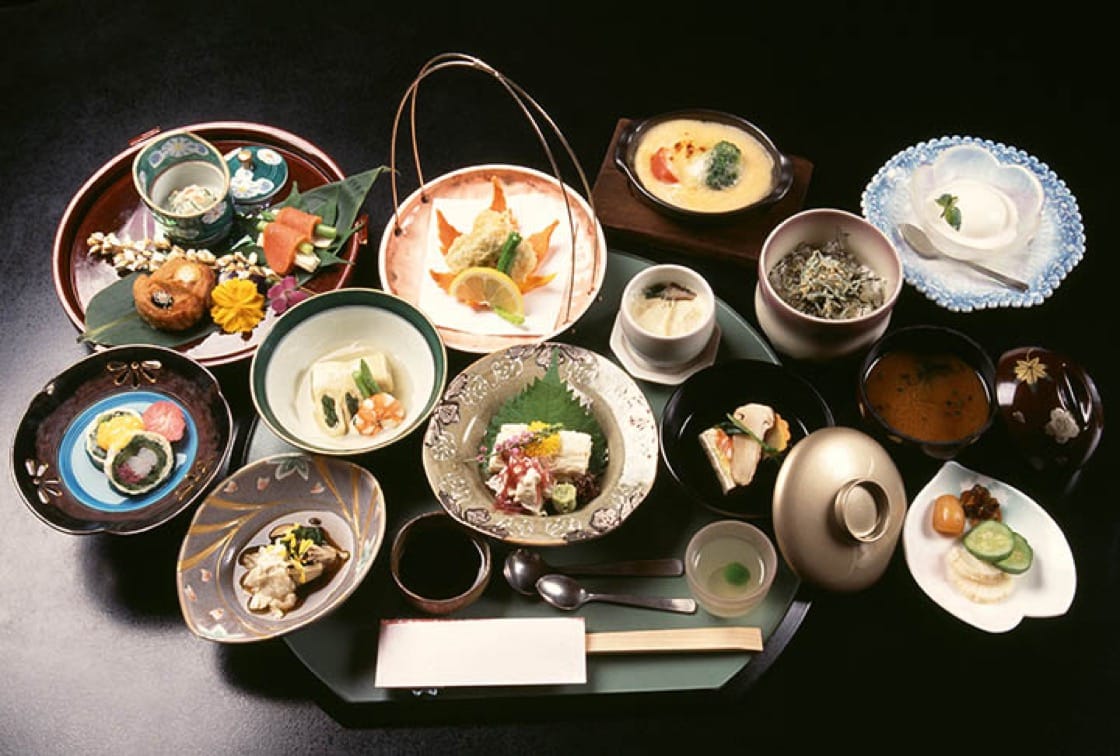
“Kaiseki is often seen as the epitome of fine dining because it always uses the highest quality of ingredients possible,” says chef Yoshimi Tanigawa of Kyokaiseki Kichisen, which has maintained its three-Michelin-starred status since 2014. Seasonality is a very important concept in kaiseki cuisine. The highly seasonal nature of a kaiseki meal is reflected in the fresh, seasonal and often local ingredients used and in the garnishing and plating style of the dishes. The seasons might also be reflected in the crockery and in the ambience, such that the beauty of nature in that moment might be captured in the meal.
For example, a springtime visit to a kaiseki restaurant might yield a tea scented with cherry blossoms and pale pink petals, fruit wrapped in sakura leaves or cherry blossoms steamed together in dishes. Even the utensils used might incorporate spring colors and motifs, bringing nature indoors.
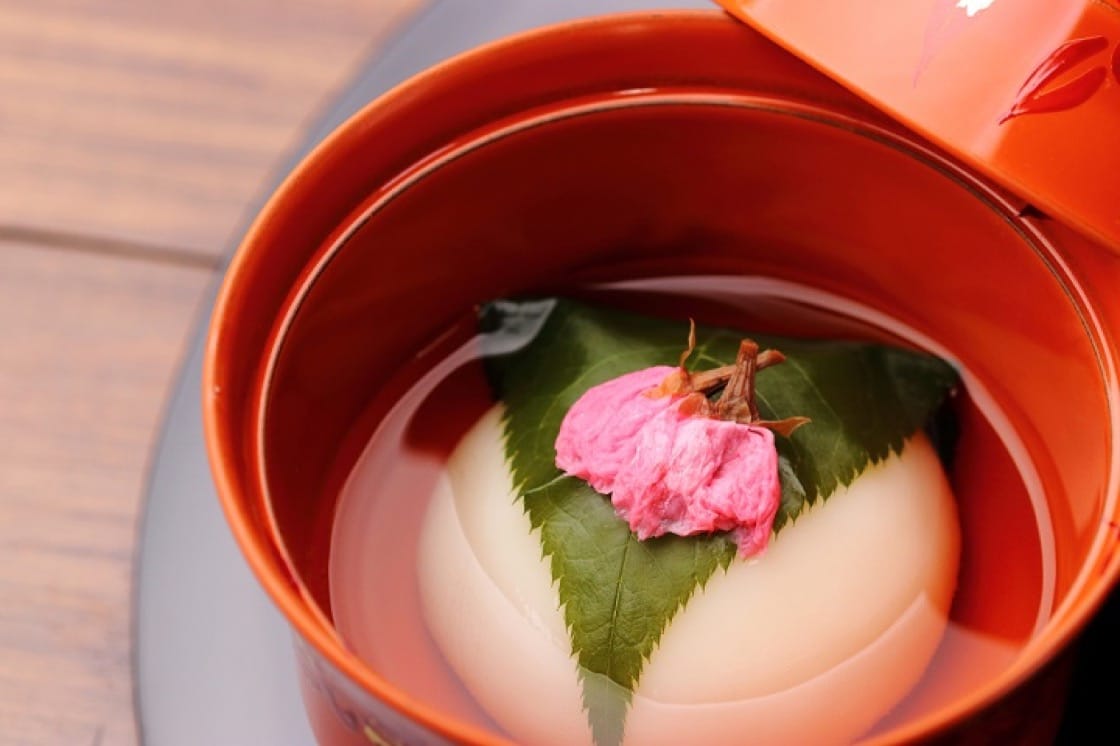
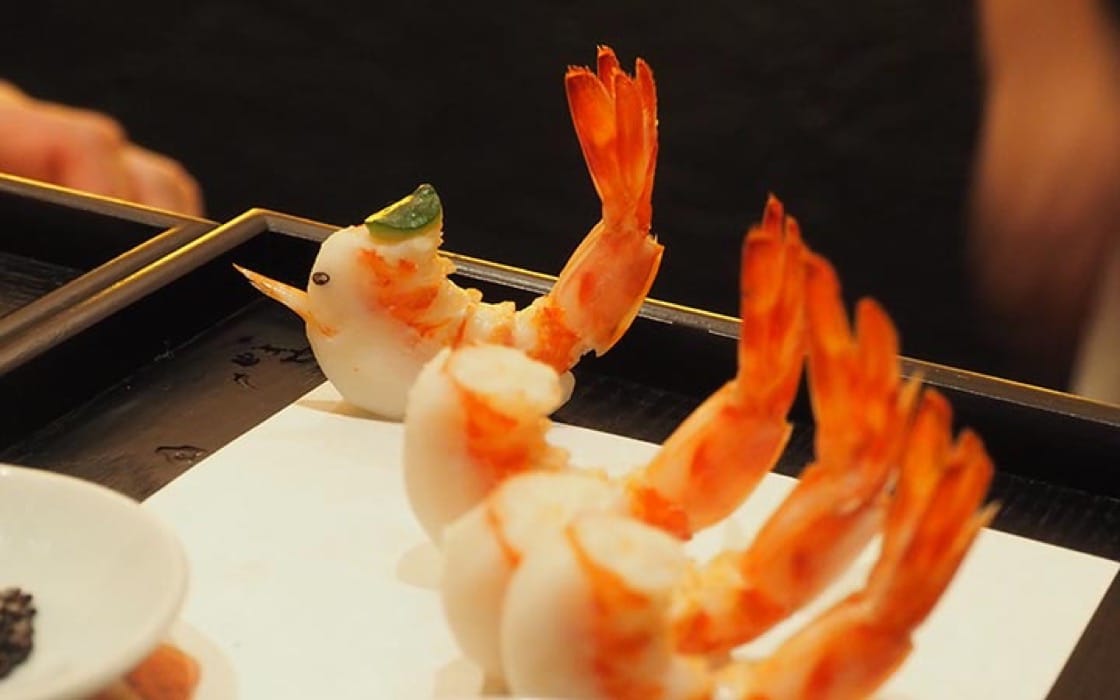
In recent years, Japanese cuisine, or washoku (a term that encompasses all types of Japanese food), has gained traction as a cultural touchstone. Around the world, more people are interested in learning about Japanese food culture; it has proliferated the global dining scene and, increasingly, more foreign chefs are going to Japan to learn the craft. The Japanese government has also organized international cooking competitions and certifications for foreigners. In 2013, before washoku was added into UNESCO’s Intangible Cultural Heritage list, there were only 56,000 Japanese restaurants in the world. Now, the number has doubled to 123,000.
Traveling around the world and back has perhaps given traditional Japanese cuisine a modern, new impetus. “Kyoto cuisine has gone through a lot of changes in the last 10 years. Now, there are more opportunities to work with overseas chefs as well,” says Yoshihiro Takahashi, the chef of three-Michelin-starred Hyotei, which has a 400-year history. “Kyoto cuisine now may not look that much different from the way it was 10 [or] 20 years ago, but in terms of techniques, flavors and balance, it’s very different.”
Ten years ago, the MICHELIN Guide launched in Kyoto and Osaka. For these top chefs of traditional Japanese cuisine, the guide has allowed them to revisit their cuisine with fresh eyes and also to bring kaiseki to a wider audience. “Ever since I got the Michelin stars, my knowledge and appreciation of Japanese cuisine has deepened,” says Hitoshi Ishihara of three-Michelin-starred Mizai. “I feel empowered to promote the charm of Japanese cuisine overseas.”

Yesterday, a special gala dinner was held at the Nijo Castle and Kyoto Okura Hotel in celebration of the launch of the MICHELIN Guide Kyoto-Osaka 2019. In a landmark event, chefs from the eight restaurants awarded with three Michelin stars in the 2018 guide joined hands to prepare an exquisite kaiseki meal featuring the season’s best ingredients and presented beautifully in an intricate manner. The menu was paired with sakes from renowned breweries in Kyoto such as Tsukinokatsura by Masuda Tokubee Shoten, Matsumoto Shuzo and Takara Shuzo, and set to traditional dance and music performances by geishas from Kyoto, also referred to as geikos, their young apprentice maikos and accompanying jigata musicians.
“It’s my goal to continue working hard alongside Michelin to take Japanese cuisine further as a world cultural heritage product,” says Shinichi Iida of three-starred restaurant Iida.







